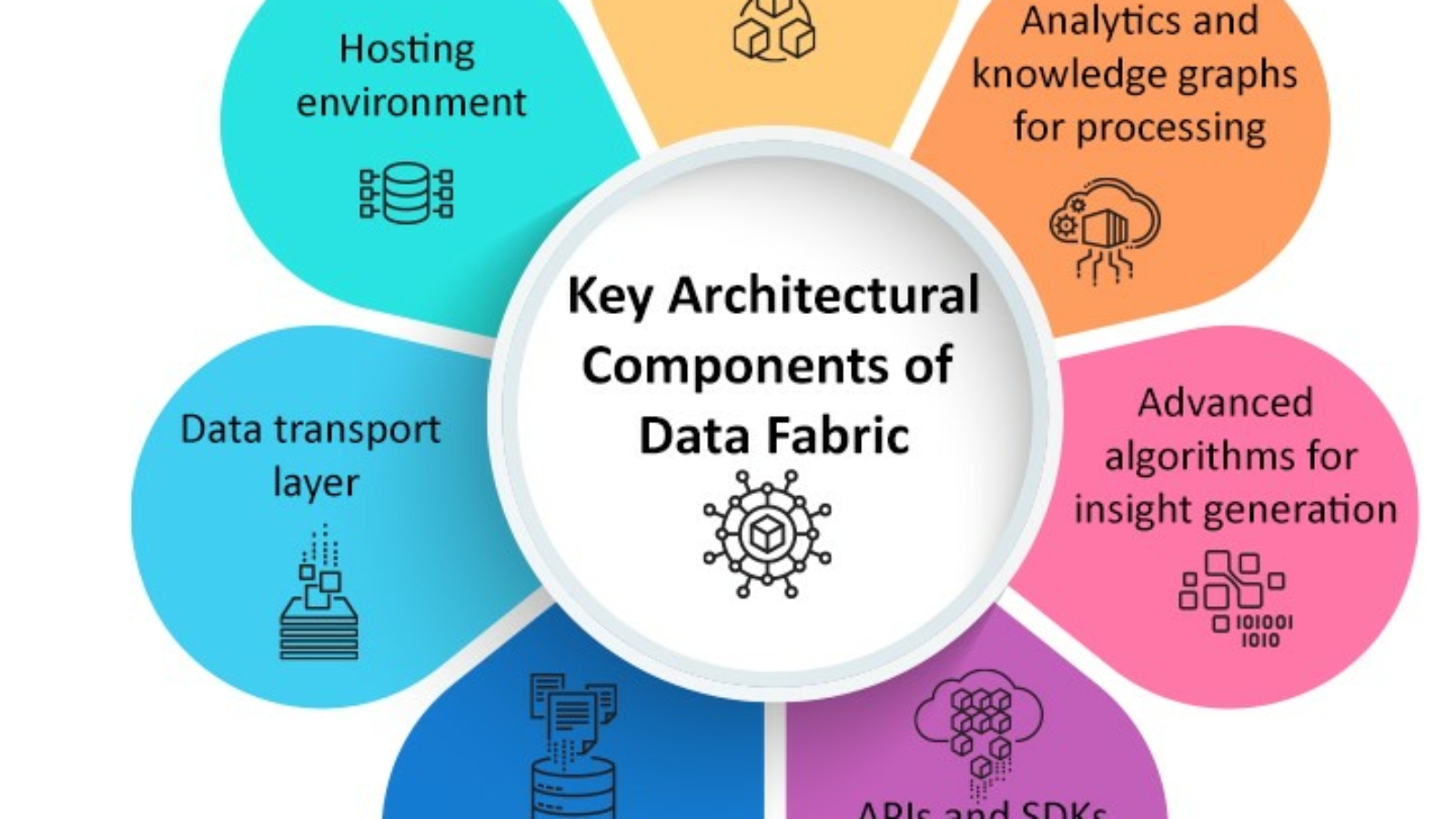As businesses evolve in the era of hyper-automation and distributed environments, faster data-driven decisions are critical to digital transformation by including digital processes into all interactions and transactions across an organization. Data Fabric is the way to automate data management to enable faster decisions by data sharing, optimizing data integration and data preparation to improve productivity in cost effective manner. Whether you are automating front- and back-office processes, analyzing customer sentiments, digitizing product catalogs, or creating hyper-personalized email campaigns across multi-cloud and hybrid environments, enabling timely access to trusted data for all data consumers is critical.
Unified, consistent, and timely data delivery to business, data, and analytics stakeholders becomes challenging with increasing data volumes and sources. In addition, the data and ecosystem landscape is constantly changing, with new data sources and formats. Increasingly complex security and compliance requirements makes it even more difficult.
Traditional monolithic data architectures are unable to scale or take a long time to address such challenges. Instead, you need a holistic approach to automated data management architecture framework.
Data Fabric Architecture and Its Benefits
Gartner® defines “data fabric as a design concept that serves as an integrated layer (fabric) of data and connecting processes. A data fabric utilizes continuous analytics over existing, discoverable, and inferenced metadata assets to support the design, deployment and utilization of integrated and reusable data across all environments, including hybrid and multi-cloud platforms.1“
A data fabric integrated layer connecting any data across multi-cloud, hybrid environments, means data consumers can easily access data in timely manner.
A data fabric accelerates self-service data discovery and analytics by making trusted data accessible faster to all data consumers and automating data engineering tasks, automating data governance and workflow orchestration, automates linking discovered data assets.
At the same time, a data fabric helps you avoid challenges that come with traditional data management such as data dependency, which leads to higher latency. It takes significant time and effort to clean and rerun any failure during data processing.
A data fabric helps in digital transformation by enabling data-driven decision-making through AI/ML augmentation and automation across all use cases.
Transforming from Traditional Data Architecture into Data Fabric Architecture
To make faster data-driven business decisions, organizations should transform traditional data architecture into data fabric architecture. Data fabric architecture brings forth new ways to develop data pipelines. Data scientists can focus on building data insights faster using AI/ML models.
A data fabric architecture supports data delivery for all data integration patterns, self-service data preparation, and enterprise data orchestration for all styles of data delivery.
A data fabric architecture enables data fabric design through AI-powered metadata intelligence and automation using AI and machine-learning engine, which supports:
- Any pattern: Multi-latency, cloud-native data delivery for all data integration patterns at enterprise scale
- Any user: Self-service, governed data preparation at enterprise scale
- Any data: Enterprise orchestration for all styles of data delivery and data and analytics use cases
Data Fabric architecture by:
- Comprehensive metadata connectivity for all enterprise data connecting to any source through 50,000+ metadata-aware connectors and scanners
- Enterprise knowledge graph puts data in context by linking and enriching semantic metadata to deliver intelligence to data management functions like data cataloging, data governance, data integration, data quality and master data management
- The embedded AI/ML engine enables automation with recommendations and insights, allowing you to scale your data management to meet your business needs
- Enterprise data preparation enables you to simplify and speed up data preparation with advanced ML-based automation and data cataloging
- Enterprise orchestration and operationalization enables automatic data delivery flows in support of continuous analysis and monitoring
Getting Started With a Data Fabric Architecture
Data fabric is an enterprise-wide initiative. Close collaboration between IT and business leaders is critical to manage the evolving data and business landscape.
Moving to a data fabric architecture may seem simple, but it can become complex due to siloed organization structure and operational challenges. Before shifting to data fabric, consider these key questions:
- How to get necessary organizational support for a cohesive data strategy?
- Did we define data interoperability across various systems?
- Are there regulatory compliance requirements that may affect the data fabric journey?
- How can I use the embedded AI/ML engine to automate thousands of manual tasks and augment human activity?


Leave A Comment